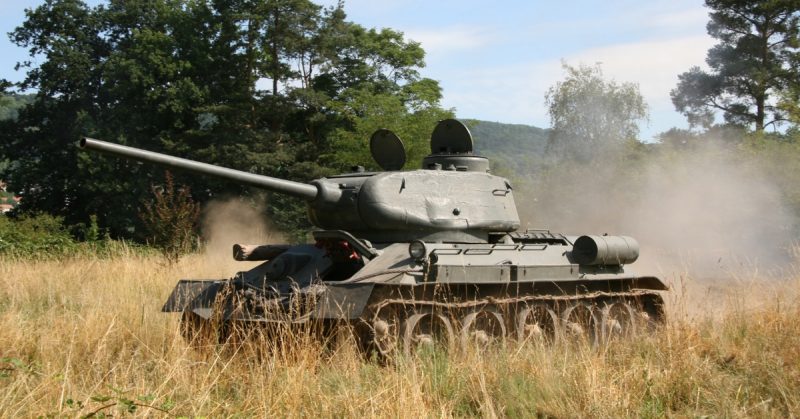It is inevitable that in any contest, irrespective of whether that contest is held in peacetime or in times of armed conflict, scores are kept, and one person is declared the winner. So it was with tank commanders during WWII and ratings of the number of tanks destroyed by various tank commanders were kept. The Axis forces had several competent tank commanders who fought from the start to the finish of the war and racked up impressive totals.
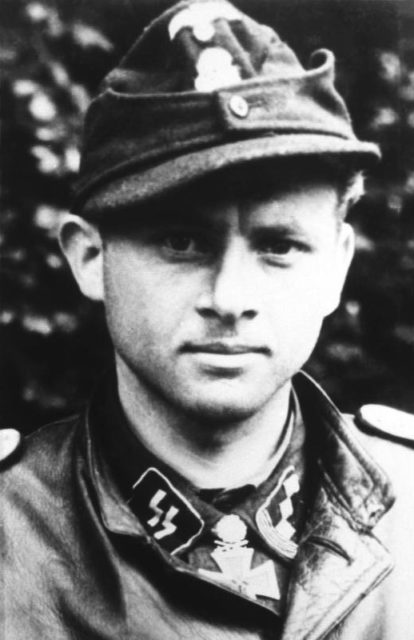
Men such as Michael Wittmann, who destroyed 132 Allied tanks, Otto Carius who destroyed 150 Allied tanks, and Kurt Knispel who destroyed 168 Allied tanks. Such men head up the overall list of successful tank commanders. Within the Allied forces, the honor of being the most successful tank commander goes to Dmitry Lavrinenko, a Russian tank commander who destroyed 52 Axis tanks in the amazingly short time period of just two and a half months.
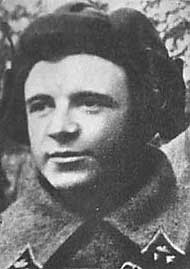
Dmitry Fyodorovich Lavrinenko, born of Kuban Cossack descent on the 10th September 1914 in the village of Besstrashnava in the Krasnodar Region of Russia, was a fearless tank commander who never allowed seemingly overwhelming odds to stop him engaging the enemy. The English translation of his home village is ‘fearless,’ and he certainly did his best to live up to that reputation.
Lavrinenko was the commander of a tank platoon as part of the 4th Tank Brigade, and in September 1941, he found himself as part of the force defending the Russian capital, Moscow, against a furious onslaught by the German troops. His platoon fought in the T-34 medium tanks that first rolled off the production line in September 1940 to critical acclaim, and the superiority of the tank, with its heavier armor and superior firepower, was apparent from the start.
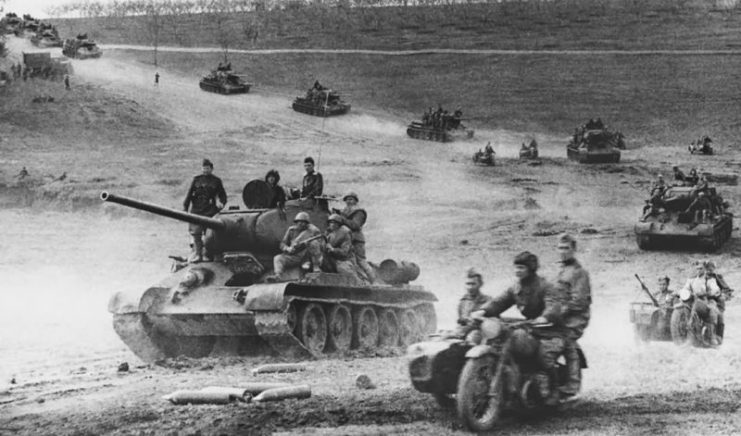
One of his early engagements was on the 6th October 1941 when he took four tanks and faced a far superior number of Axis tanks from the 2nd Panzer Army. This David and Goliath battle took place near the village of Pervy Voin in the Orlov region of Russia.
A Soviet infantry unit was in danger of being crushed by the Panzer force when Lavrinenko and his little team arrived on the scene. Capitalising on the element of surprise, this tiny group of Russian tanks managed to destroy 15 German tanks which gave the Russian infantry the time they needed to retreat. Similarly, Lavrinenko and his team saved a Soviet mortar company.
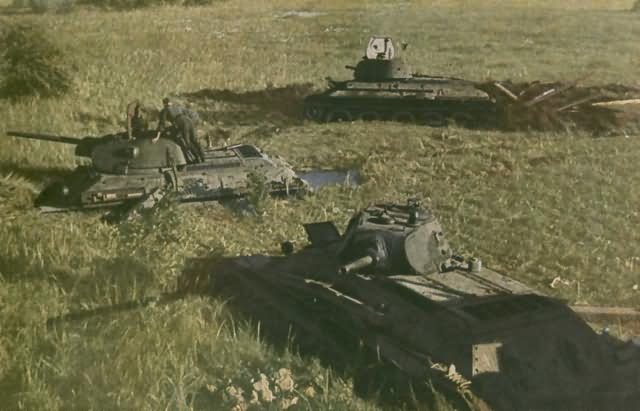
By December, Lavrinenko had firmly established himself as a master tactician and one able to use the T-34 to take on far superior fire-power and come out the victor. He might have been incredibly courageous, but he was not careless. He carefully scrutinized the battlefield before committing his assets, and he was able to use the terrain to his best advantage. He would hide his T-34’s behind trees or in the folds of the land and emerge to surprise the enemy who had not see his tanks until it was too late.
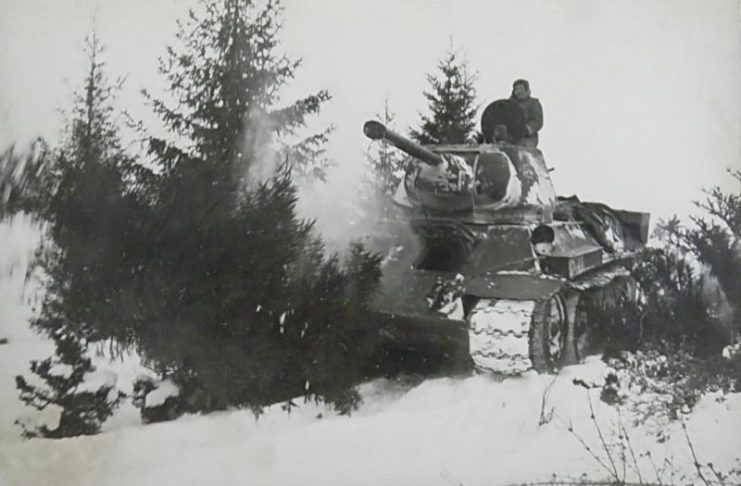
Another advantage that Lavrinenko had was that he was a sniper and could shoot unerringly with many types of firearm. He was able to transfer this long-range ability to firing from his tank, but his preference was to engage at close quarters when he would burst out of cover at speed and engage at 150-300 yards.
Not only was Lavrinenko, a highly skilled fighter, he was also an intelligent and careful commander. He was always conscious of where he and his team were and what dangers could possibly lie ahead. When the Soviets launched their counter-offensive during the Battle of Moscow, Lavrinenko and his team had surprised a German garrison that was based in the village of Gryady.
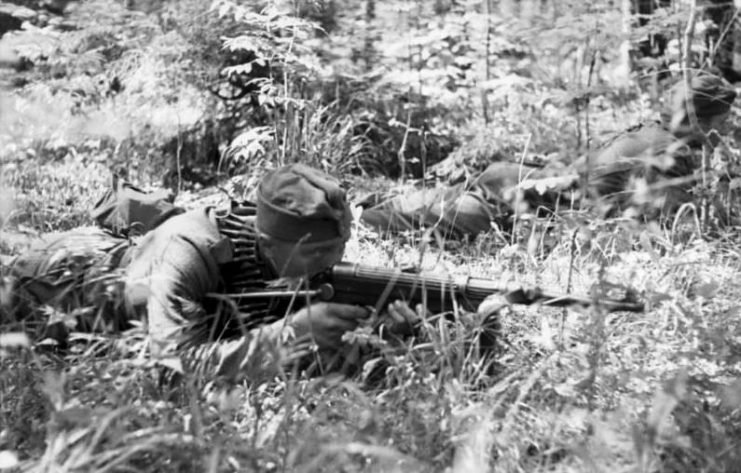
The Russians had smashed the garrison, and the road to the next town, Pokrovskaya, was open. Erring on the side of caution, Lavrinenko refused to be drawn to pushing on, and he halted the attack. Later it was found that German forces were on the road and would have cut him off from the main Soviet lines.
Unfortunately, this promising soldier was killed on 18th December 1941 when he was felled by shrapnel from a mortar round near Volokolamsk close to Moscow.
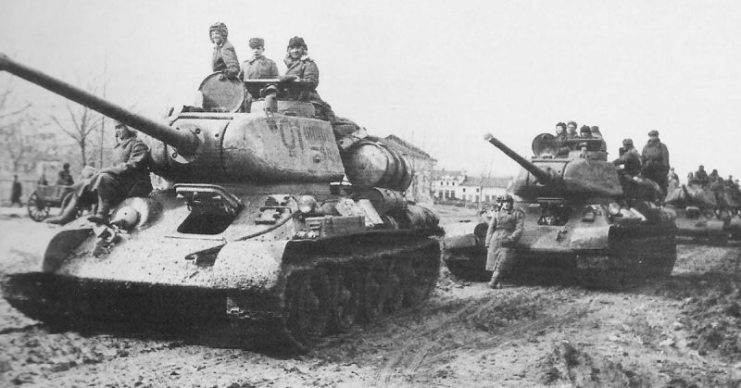
Lavrinenko was made a Hero of the Soviet Union for the destruction of 37 German tanks during a two-month period when he fought almost continuously. He added the additional 15 later.
While German tank commanders had the luxury of being able to focus fully on commanding his tank, with the aiming and firing handled by his crew, in Russian tanks, the commander did his own aiming and shooting. This meant that Lavrinenko earned all the accolades while his German counterparts relied upon the accuracy of their gunners to rack up the kills attributed to them.
